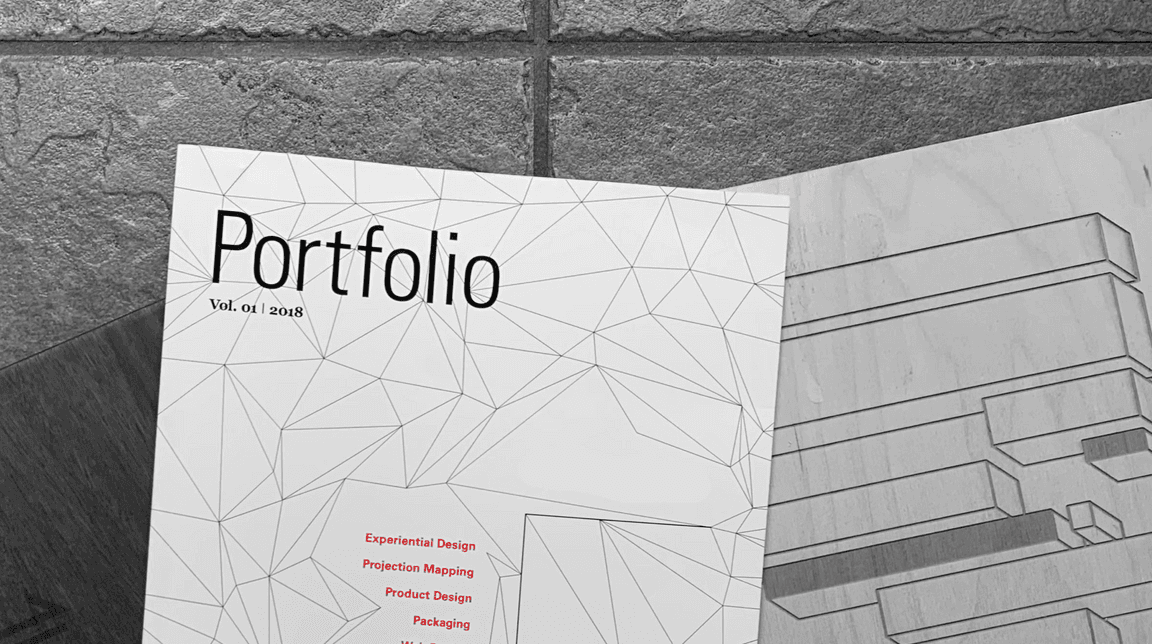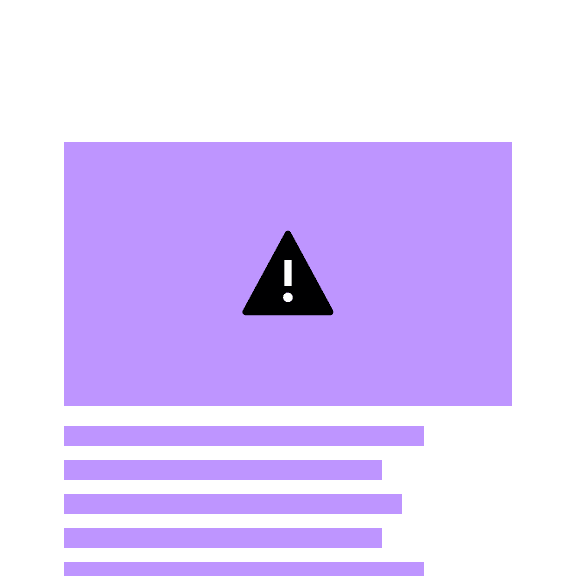It’s about time
to share your work
and display your
most authentic self.
The perspectives, voices, and talent of Black, Indigenous, and People of Color (BIPOC) help in delivering experiences that are inclusive, diverse and exemplify design excellence. Lived experiences contribute to your “superpowers” as a creative. Your portfolio is your chance to inspire, and really share your true, authentic self.

You should expect to present your portfolio during the interview process. Using the Problem-Action-Result (PAR) technique will help you prepare and is a common approach for portfolio storytelling; this approach is also known as STAR (Situation, Task, Action, Result).
Here’s an easy playbook to follow when you present your portfolio:
Problem
- Tell which project is your favorite and why
- Talk about the team setup, your role, and activity in the project
- Explain what the task was
Action
- Describe your process
- Mention methods and user insights
Result
- Show your solution
- Elaborate on one major design decision
- Showcase the results
- Share your learnings
When presenting your portfolio, remember that first (and last) impressions count. Break up presentation of similar projects, and arrange your presentation so that the most impactful elements of your portfolio are the first and last thing you share.
Each interview will be unique,so it’s great to mentally prepare for questions you may be asked and questions you may want to ask.
“Good design is about process, not product.”
— Jared SinclairShow the “messy bits” of your design process that lead to the final solution. Think about showing low fidelity prototypes, moving into mid-fidelity prototypes, and finally, high fidelity mock ups.

Tailor your work to your audience and practice your presentation.

Make the presentation generic.

Keep a consistent look and feel between all visual elements — resume, portfolio, web presence, etc.

Change color schemes mid-presentation — stay "on brand."

Use a grid to organize your layout.

Fill every inch of the visual space. Negative space helps to let the work "breathe."

Include text comments to support your visuals.

Claim work that’s not yours, especially in team efforts.